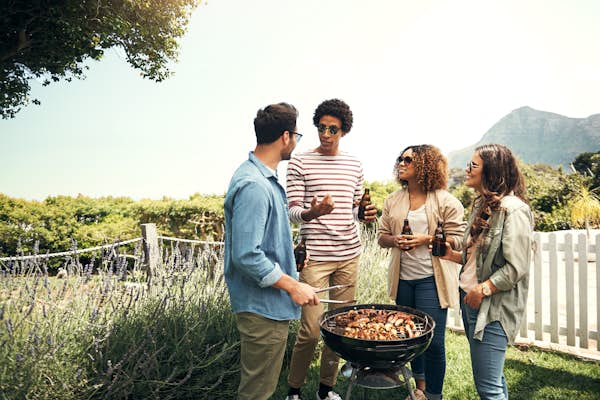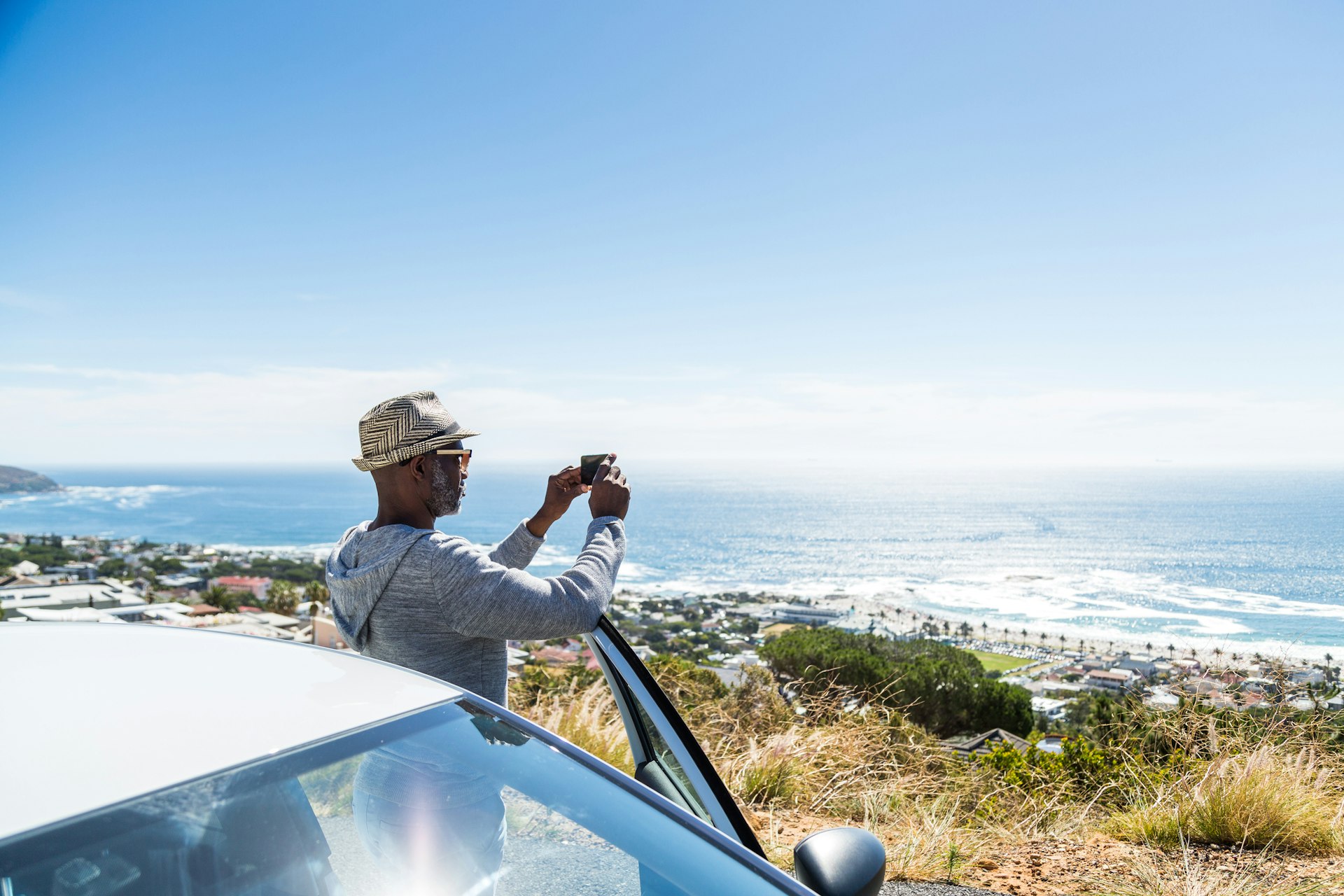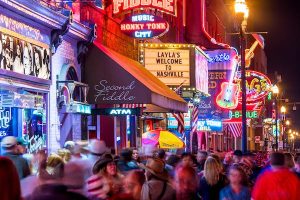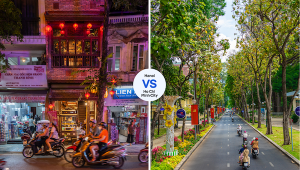
One of the main appeals of South Africa – apart from its wildlife, beaches, cities, culture, cuisine, mountains, desert, forest, wineries and museums, of course – is its affordability.
Luxury comes cheaper here than in many parts of the world, eating out is largely very cost effective for the visitor, and big ticket activities, while far from cheap, are certainly easier on the wallet than they would be in many other destinations. Activities like safaris, which are often considered costly pursuits, can become affordable with a few tweaks and tips, meaning even if you’re traveling on a tight budget, you can still spend a little time among the Big Five.
Here’s a guide daily costs in South Africa, along with tips and tricks to help you save money on your visit.
Make the most out of every adventure with help from our weekly newsletter delivered to your inbox.
A guide to daily costs in South Africa
- Hostel room for two (with shared bathroom): R650
- Basic en-suite room for two: R1200
- Self-catering apartment (including Airbnb): R900–1500
- Local minibus taxi fare: R30
- Coffee: R30
- Sandwich: R70
- Dinner for two (two courses, excluding drinks): R500
- Beer/pint at the bar: R25 for a domestic beer; R40–60 for craft beer
- Decent bottle of local wine in a liquor store: R80–120
- Average daily cost R850–1500
 Flights to Johannesburg tend to be cheaper than those to Cape Town © Marius Gerryts / Getty Images
Flights to Johannesburg tend to be cheaper than those to Cape Town © Marius Gerryts / Getty Images
1. Fly into Johannesburg
If you’re planning to get out and see a good chunk of the country, it’s generally cheaper to fly into Johannesburg rather than Cape Town. From here you can rent a car to visit the game reserves of the north and east. If you’re traveling on to Cape Town, it’s best to look into a domestic flight rather than tackling the long and often dull drive from Jo’burg. Book domestic flights well in advance for the best deals.
2. Pick your season – spring and autumn offer the best value
South Africa is a big place with a variety of climates, so peak season tends to depend on whereabouts in the country you are. Generally speaking, December and January are busy and expensive everywhere due to the school summer holidays. The winter months bring with them great deals on accommodations and excursions in the Western Cape – but also a lot of wet weather to rain off those cut-price activities. The best times to visit are February to May and September to November. The weather is generally fine everywhere, the kids are at school and the accommodation prices are back to normal levels.
3. Buy a Wild Card to save on national park fees
If you plan to spend the bulk of your trip visiting the national parks, it’s worth investing in a Wild Card. The card costs R3575 per person, which seems like a large chunk of change but if your trip is focused on wildlife watching, you’ll soon make it back. The card gives unlimited access to all of South Africa’s national parks, as well as Cape Nature reserves and the main parks in Swaziland. If you’re planning to spend more than 10 days in the major parks and reserves, the Wild Card is a sound investment.
 If you’re short on money, a self-drive safari is a cheaper option © Visual Outdoor Content / Shutterstock
If you’re short on money, a self-drive safari is a cheaper option © Visual Outdoor Content / Shutterstock
4. Opt for a self-drive safari
In most of South Africa’s parks it’s possible to watch wildlife from the comfort of your own car. It’s a marvelous experience that allows you to sit and observe your favorite species for hours without worrying that your fellow passengers want to move on to the next sighting. It’s also considerably cheaper than relying on trained guides to chauffeur you in their canvas-roofed safari jeeps.
5. Make use of national park activities and accommodation
Driving yourself around the national parks is a great experience, but sometimes you want the luxury of an experienced guide to drive you around. All-inclusive stays in luxury lodges are not within everyone’s budget, but the occasional guided drive with national park staff is easily affordable. The parks also offer well-priced accommodation inside the fences. You won’t get all the bells and whistles that come with a five-star stay, but you might just get woken up by the roar of a lion or the guffaw of a hyena. Book well ahead if you’re hoping to stay in the Kruger or Kgalagadi.
6. Consider spending time in some of the smaller parks
The national parks are all administered by SAN Parks, but entry fees vary depending on the size and popularity of the park (and of course, on what is found within). The most expensive of all is Kruger and while it’s by far the largest, it is not the only park that offers big game viewing. Not far away are Mapungubwe, with giraffe, elephant and elusive big cats, and Marakele, with lion, lots of antelope and an impressive colony of Cape vultures. Entry to these parks is almost 50% cheaper than the likes of Kruger and Addo Elephant National Park – and you probably won’t have to share your sightings with half a dozen other vehicles.
7. Braai every night
The braai (barbecue) is a great South African tradition – one that spans cultures and provincial borders and all walks of life. It’s rare to find a guesthouse, apartment or Airbnb-style homestay that doesn’t have a braai pit in the backyard. Not only is it the perfect way to experience a little local life, self-catering will of course save you plenty of money.
8. Get away from major towns
As is often the case worldwide, there are real bargains to be had once you escape the larger cities. It’s not just about the size of the town though. Lots of small settlements in popular places like the Garden Route are just as expensive as Johannesburg or Cape Town. But escape to the hamlets of South Africa’s interior and you’ll find accommodations at excellent prices. The Northern Cape in particular has great value guesthouses and affordable activities.
 For short-distance journeys, a local car-hire company will offer the best deals © Alistair Berg / Getty Images
For short-distance journeys, a local car-hire company will offer the best deals © Alistair Berg / Getty Images
9. Use budget rental car companies for local trips
If you’re planning to drive across the country, then the big-name rental companies generally have the best deals since they usually include unlimited kilometers in their rates. But if you’re sticking within city surrounds, search for smaller, local car-hire companies. They often have older, more basic cars and impose a 100km (62 miles) a day limit, but for trundling around in city traffic, they can offer great value.
10. Look out for shisa nyama stands on the street
South Africa is not a great destination for street eats. You’ll often find stands serving grilled corn cobs (known locally as mielies) or traders selling bags of popcorn or peanuts, but the rich street food culture that exists in Asia or Latin America is largely absent here. One exception is shisa nyama (literally “burn meat” in isiZulu). Less common in Cape Town, but often spotted further north, particularly in smaller towns, streetside shisa nyama is a way to get a hot lunch on a budget. You’ll see large braai drums on the street, generally outside a butcher’s shop or supermarket. The coals are lit and there’s usually someone tending the fire. You buy meat at the shop and cook it on the provided fires making for a social and affordable lunch.
11. Drink the water
In most parts of the country, the tap water is safe to drink so you can save a bit of cash by replying to the standard question of “still or sparkling” in restaurants with an affirmation that tap water will be fine. The look on the server’s face will let you know if this happens to be a bad idea in their particular part of the country.
12. Keep your receipts and claim back your tax
If you buy anything big in South Africa, keep the receipt – you can claim back your tax when you leave the country, provided the total cost of all items is over R250. You’ll need to have the items ready for inspection and allow plenty of time at the airport – it can take a while.



